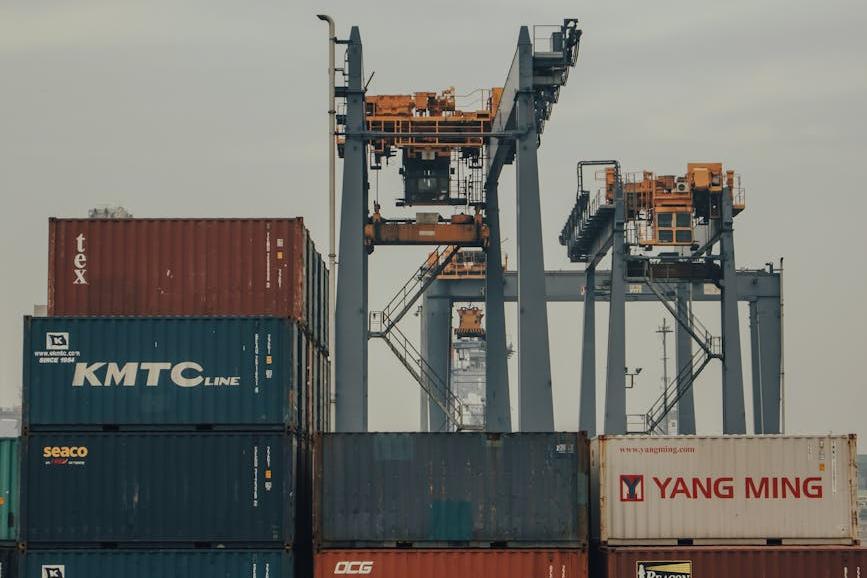
I. Mop importExport agentWhy is there a huge difference in costs?
In 2025, mop agency service fees typically fluctuate between 8%-15% of the cargo value, with specific differences arising from:
- Product category differences: Tariff difference of 7% between microfiber mops (HS 9603.90) and electric rotary mops (HS 8509.80)
- Certification cost allocation: EU CE certification (EN 60335-2-54) and FDA food contact certification average an additional $1200-2500
- Value-added service options: Agents offering overseas warehouse pre-sorting services quote 40% higher than basic customs clearance services
After downloading electronic certificates, print paper copies to carry during loading
Three market changes requiring special attention in 2025:
- Australia updates AS/NZS 60335.2.54 standard, adding handle anti-slip testing
- Saudi SASO mandates microbial testing for mop heads (referencing ISO 20743)
- Health Canada revises surface contact material migration limits (citing 2022 C.05.029 regulation)
Dont delay renewal applications until the last month of validity - one lychee exporter missed an entire season this way
Recommended verification through three dimensions:
- Request clearance records for similar products in the past six months (verify HS CODE consistency)
- Check AEO certification status (verifiable on Customs website)
- Inspect WMS system integration at overseas partner warehouses through on-site visits
Fourth,Cross-border e-commerceSpecial requirements for mop agents in different models?
2025 data shows 34% of cross-border mop orders result in returns, requiring confirmation of agent capabilities in:
- Reverse logistics processing (average return cost must be controlled below $1.2 per order)
- Multi-platform inventory synchronization system (supporting Amazon FBA and independent site warehouse coordination)
- Small parcel compliant declaration solutions (avoiding single customs inspection triggers)
V. What are the core differences between traditional trade and cross-border agency?
Taking 40HQ container mop shipment valued at $50,000 as an example:
- Payment cycle: Traditional LC settlement takes about 75 days, cross-border TT reduces to 12 days
- Document requirements: Traditional trade requires FORM E certificate of origin, cross-border accepts self-declaration
- Logistics costs: Traditional sea freight $38 per cubic meter vs cross-border air freight $6.2/kg
VI. What are the hidden risks in sample shipments?
Common issues in 2025 include:
- Commercial samples mistakenly classified as sales, triggering import VAT
- Fiber materials without pre-washing treatment causing distorted lab test data
- Wooden handles shipped without fumigation being seized by destination customs
VII. How to evaluate an agents crisis management capabilities?
Request agents to provide specific case examples:
- In 2024, a brand completed corrective material preparation within 3 working days after EU notification for excessive fluorescent agents in mop heads
- 5. Average response time for handling US Customs IPR infringement allegations (industry excellence level is <48 hours)
- Emergency transfer plan success rate for port-stranded goods during pandemic (industry average 67% vs premium agents 89%)
VIII. Key points for selecting agents in emerging markets in 2025?
For emerging markets like Southeast Asia and Middle East-Africa:
- Confirm localization document preparation capability (e.g., Indonesian SGS report translation certification)
- Verify religious clearance qualifications (Islamic countries require halal production environment proof)
- Require real-time port monitoring systems (especially for ports like Mombasa, Dar es Salaam)


 Follow Customer Service WeChat
Follow Customer Service WeChat